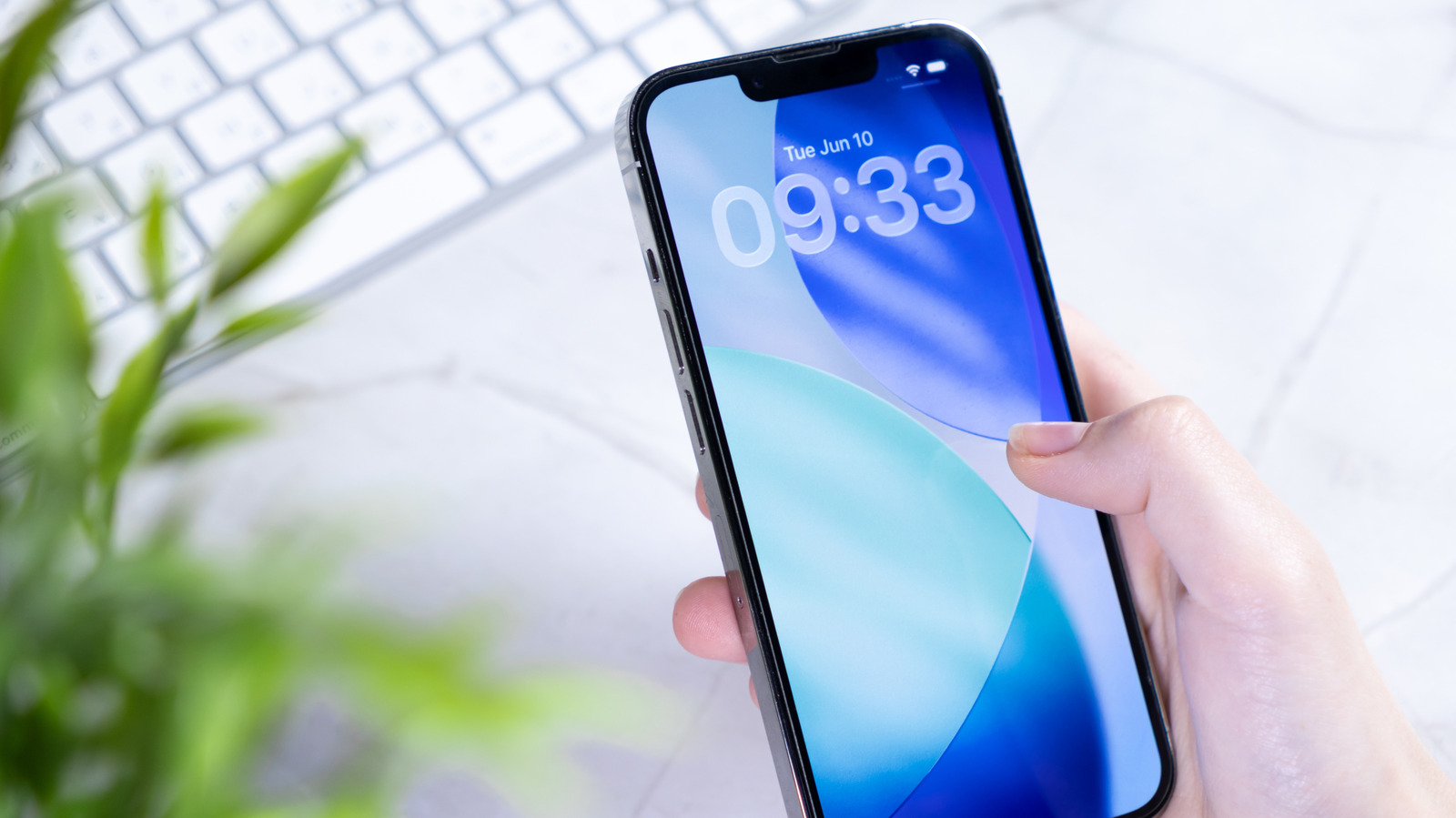People look through plastic and other debris washed ashore at a beach on Indonesia’s resort island of Bali Copyright AFP SONNY TUMBELAKA
A new ecofriendly plastic termed poly(dlactateco3hydroxybutyrate) or LAHB can biodegrade even in the extreme environment of the deep ocean, unlike conventional plastics that persist for decades.
In realworld underwater testing, researchers from Shinshu University demonstrated how nearly a kilometre below the surface (submerged 855 meters), LAHB lost more than 80% of its mass after 13 months, while traditional polylactide (PLA) plastic remained completely intact.
This occurs through colonies of deepsea microbes that actively break down the material using specialised enzymes, converting the plastic into ‘harmless byproducts’ like carbon monoxide and water.
Despite advances with biobased plastics, plastic pollution remains one of the world’s most pressing environmental issues. According to the OECD’s Global Plastics Outlook (2022), about 353 million metric tons of plastic waste were produced globally in 2019, with nearly 1.7 million metric tons flowing directly into aquatic ecosystems.
Much of this waste becomes trapped in large rotating ocean currents, known as gyres, forming the infamous “garbage patches” found in the Pacific, Atlantic, and Indian Oceans.
To counterbalance this, researchers have been searching for plastics that can be degraded more reliably in deepsea environments. One promising candidate is poly(dlactateco3hydroxybutyrate) or LAHB, a lactatebased polyester biosynthesized using engineered Escherichia coli.
So far, LAHB has shown strong potential as a biodegradable polymer that breaks down in river water and shallow seawater.
New data demonstrate how LAHB can also get biodegraded under deepsea conditions, where low temperatures, high pressure, and too limited nutrients make breakdown of plastic extremely difficult.
Research spotlight
The study was led by Professor Seiichi Taguchi at the Institute for Aqua Regeneration, Shinshu University, Japan, together with Dr. Shun’ichi Ishii from the Japan Agency for MarineEarth Science and Technology (JAMSTEC), Japan and Professor Kenichi Kasuya from Gunma University Center for Food Science and Wellness, Japan.
“Our study demonstrates for the first time that LAHB, a microbial lactatebased polyester, undergoes active biodegradation and complete mineralization even on the deepsea floor, where conventional PLA remains completely nondegradable,” explains Taguchi.
The scientists submerged two types of LAHB films — one containing about 6% lactic acid (P6LAHB) and another with 13% lactic acid (P13LAHB) — alongside a conventional PLA film for comparison. The samples were submerged at a depth of 855 meters near Hatsushima Island, where deepsea conditions, cold temperatures (3.6 °C), high salinity, and low dissolved oxygen levels make it hard for microbes to degrade plastic.
After 7 and 13 months of immersion, the LAHB films revealed clear signs of biodegradation under deepsea conditions. The P13LAHB film lost 30.9% of its weight after 7 months and over 82% after 13 months. The P6LAHB film showed similar trends.
By contrast, the PLA film showed no measurable weight loss or visible degradation during the same period, underscoring its resistance to microbial degradation. The surfaces of the LAHB films had developed cracks and were covered by biofilms made up of oval and rodshaped microbes, indicating that deepsea microorganisms were colonizing and decomposing the LAHB plastic. The PLA film, however, remained completely free of biofilm.
Plastisphere at work
To understand how the plastic decomposes, the researchers analysed the plastisphere, the microbial community that formed on the plastic’s surface. The scientists found that different microbial groups played distinct roles. Dominant Gammaproteobacterial genera, including Colwellia, Pseudoteredinibacter, Agarilytica, and UBA7957, produced specialized enzymes known as extracellular poly[3hydroxybutyrate (3HB)] depolymerases.
These enzymes break down long polymer chains into smaller fragments like dimers and trimers. Certain species, such as UBA7959, also produce oligomer hydrolases (like PhaZ2) that further cleave these fragments, splitting 3HB3HB or 3HBLA dimers into their monomers.
Once the polymers are broken down into these simpler building blocks, other microbes, including various Alphaproteobacteria and Desulfobacterota, continue the process by consuming the monomers like 3HB and lactate. Working together, these microbial communities ultimately convert the plastic into carbon dioxide, water, and other harmless compounds that ideally return to the marine ecosystem.
The research has been published in the journal Polymer Degradation and Stability, in a paper titled “Unveiling deepsea biodegradation of microbially produced lactatebased polyester (LAHB) via plastisphere metagenomics and metatranscriptomics.”








